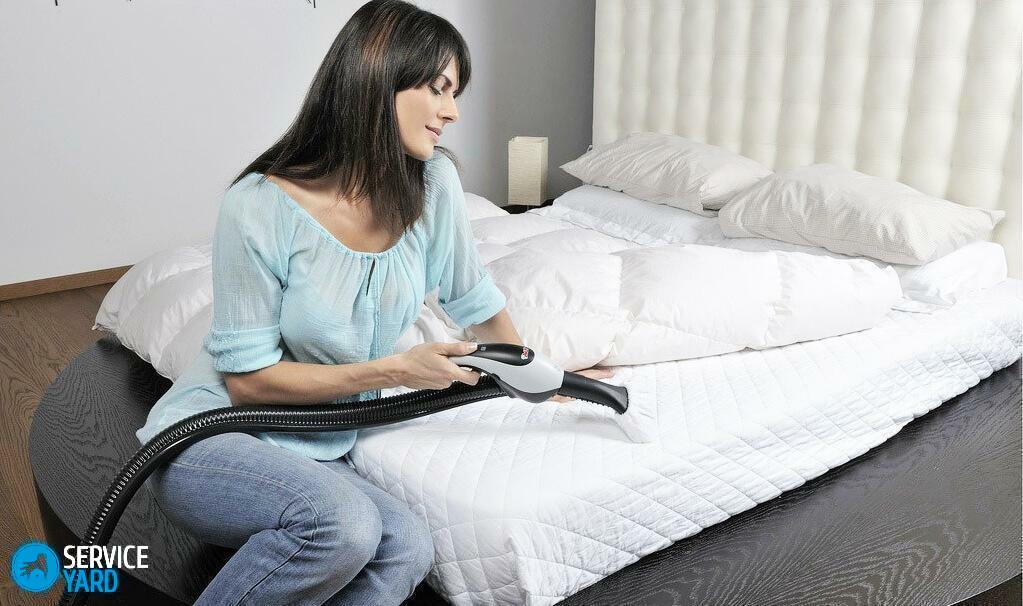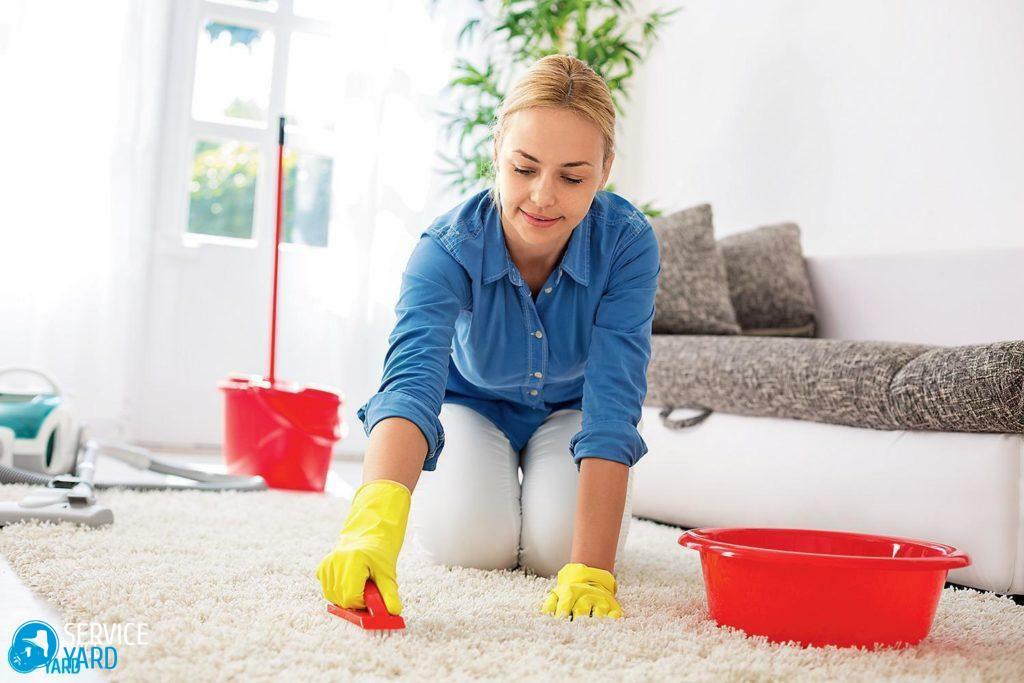If you do not know how to choose blinds, the recommendations given in this material will help you decide on your choice, and you will be proud for a long time of your quality purchase.
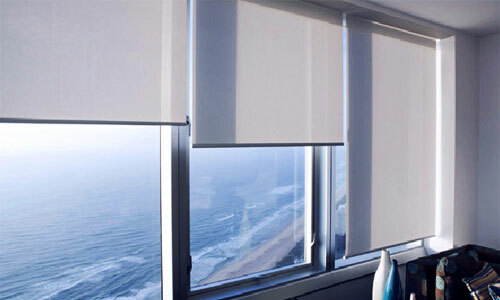
Curtains and curtains have lost much of their former popularity. They are not very effective and cause a lot of trouble in caring for them. For example, thin curtains do not protect from the sun at all, thick ones - induce darkness in the room and actively collect dust.
Where would be more practical blinds. They do not take up much space, they are simple enough in care, they provide uniform lighting and thanks to a huge assortment, they can emphasize any interior.
Blinds are:
- vertical
- horizontal
- roll
Vertical Blinds
Currently in demand most demanded. They are very convenient to use, both at home and in the office. Consist of:
- lamella,
- cornice,
- weights,
- runners,
- connecting chain,
- with chain and rope control.
Cornice
Most often it is aluminum and plastic. Plastic cornice is very prone to deformation, which can lead to seizing of the mechanism that is inside the eaves. Therefore, the aluminum frame of the cornice is much more practical.
Gruziki
They are designed so that the shutters from the parallel plates( lamellas) do not swing from the wind and cheerfully smoothly. Gruziki are plastic( with a metal plate), all-plastic and all-metal. The most practical are all-plastic weights. They will not rust over time and will not tear the fabric.
Runners
With this device, the lamellas are attached to the cornice and move along it. They are made only of plastic, the quality of which depends on the service life of the working mechanism.
Connection chain
It serves to connect the lamellas below. The most commonly used plastic chain, the quality of which is determined by the color whiteness. The more white it is, the better.
Chain and rope control
The chain is most often hung on the side of the eaves, in most cases it is metal. Serves to turn the lamellas 180 °.With a rope, move, and push apart the lamellas.
Lamella
Vertical blinds are available in two sizes. European - width 127 mm. American - 87 mm. Obviously, for large windows it is best to use blinds with wider lamellas. For small with narrow.
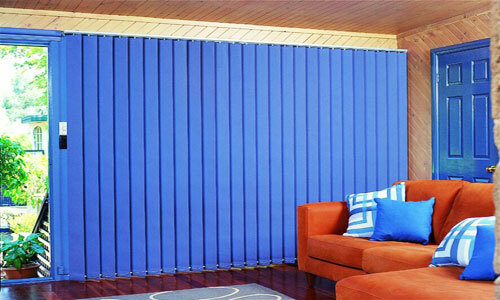
What are the vertical blinds, depending on the material of the
? Most often, the vertical blinds are made of fabric, wood, plastic, aluminum.
Fabric products
Fabric vertical blinds are in great demand. They fit into any interior and will give comfort to any room. The fabric from which such blinds are made is subject to wet cleaning and dry cleaning. They also retain their original appearance long enough.
Most often for the manufacture of fabric vertical blinds, I use the following types of fabrics:
- Jacquard - this fabric has very good sun protection properties.
- Fiberglass - it is necessary as it is impossible, by the way, in premises to which high requirements of fire safety are made. Fiberglass does not burn, it is baked without releasing harmful substances. She also retains her shop look long enough.
Also pay attention to the density of the fabric. The denser it will be, the longer the lamellae will retain their product appearance. Tissue vertical blinds are more intended for the home.
Plastic Blinds
Designed more for the office, and houses are most often used in the kitchen. They have a sufficiently reliable shape, do not bend, do not deform. They have high requirements for sterility. Resistant to dust and sunlight. But belong the above characteristics, only to those blinds, which are made of high-quality expensive plastic.
Cheap plastic blinds are very fragile and not very resistant to temperature changes. Under prolonged exposure to sunlight, they burn out and begin to turn yellow. If the plastic quality, then this change, of course, will not be observed.
Another big plus in the direction of just such a purchase is the ease of care. To ensure that plastic blinds are permanently clean, simply hold a soft rag over the lamellae. Or collect dust with a vacuum cleaner. If the pollution is serious enough, you just need to remove the lamellas, put them in a bath, rinse with soapy water, then dry them in the open air and put them back in place.
Wooden vertical blinds
Most often used in billiard rooms and rest rooms, for decoration of living rooms and workrooms. Such blinds not everyone can afford, they are very expensive. But they have a number of reasons for this price. The material from which such blinds are made, natural, environmentally friendly, durable, is characterized by an increased ease of care.
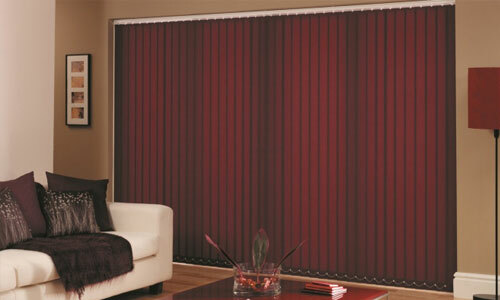
They are made of strong light wood species( Canadian linden, bamboo and other species).Such blinds will come as it is impossible, by the way, for large window openings. Caring for them is very easy, just vacuuming. It is not recommended to wash such a product, it is better to wipe it with a dry soft cloth.
Metal shutters
Not popular with consumers and are rare. They are used in non-residential industrial premises. Made of lightweight duralumin alloys, which have high strength.
These blinds do not burn out in the sun and are not exposed to moisture. Their only drawback is that during the draft, the lamellas are very loud.
They are also very easy to care for. You can wash such blinds with a damp soapy cloth or simply vacuum it.
Horizontal shutters
These blinds are considered classic. They provide good protection against sunlight. And they occupy little space, which will be very good for small rooms. Most often they are used in offices, and houses in the kitchen and common rooms. Also, such blinds are very easy to install on plastic and dormer windows, installation does not require drilling holes.
Horizontal blinds consist of 25 mm lamellas and rotate around their axis with a swivel rod. Lamella horizontal blinds can be: wooden, fabric, plastic, bamboo, aluminum. The rules of care for them, no different from those that were mentioned above for vertical blinds.
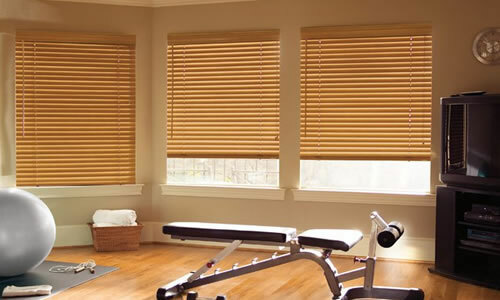
Intermediate blinds are a kind of horizontal blinds, which differ in that they are installed between the windows. In this case, the controls of the mechanism are output to the inside of the room. Mansard blinds are designed for inclined windows. On both sides of such blinds have guide cables, due to which, they are kept parallel to the window, at any angle of inclination.
The lamellae of the interframe and mansard blinds are made of lightweight duralumin with plastic spraying. They have high sun protection properties and are reliable in operation.
Roller blinds
The basis of this product is a solid cloth, wound on the shaft. The ideal width can be considered as 2 mm. This canvas can close the entire light-hole. These blinds are attached to the ceiling or wall. Most often they are installed in bedrooms, with the goal of creating a soft semi-darkness. Roller shutters are also fabric. The fabric that is used in them undergoes special treatment, as a result of which it does not burn out in the sun, does not crumple and does not collect dust. Very well, such blinds are combined with curtains.
How to choose blinds
Blinds must be selected so that, depending on their kind, they do not lie on the windowsill and do not roll on the floor. Look at the mechanism. It consists of several moving parts, so during their work, they do not have to creak, the mechanism itself should work smoothly.
If you install blinds inside a window opening, then whatever they lay on the windowsill, you need to take away from the height of the opening about 2 centimeters. If the cornice is installed above the window, then the blinds should go beyond the window opening for 10-15 centimeters.
When selecting vertical blinds, pay attention to their length. It should be such that after installation, the distance from the floor to the lamellae was not less than 5cm.

